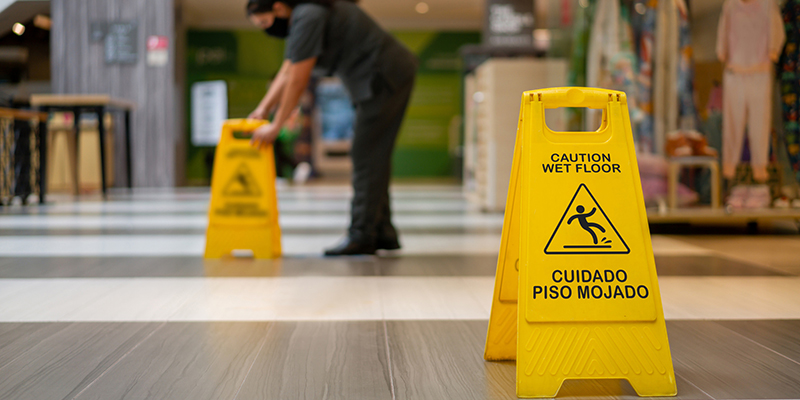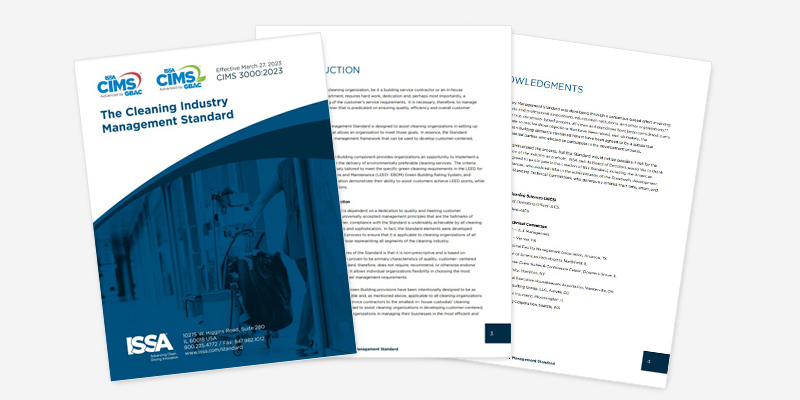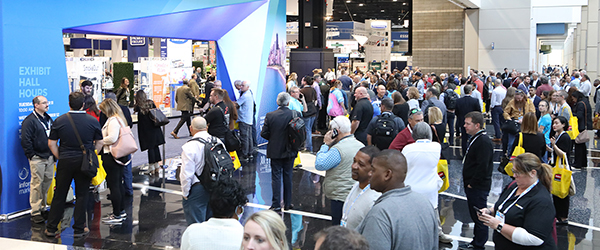Indoor Air Quality System: How Cleaning Impacts Air Health

When you think of an indoor air quality system, you might picture HVAC filters or air purifiers—but clean air starts long before that. Proper cleaning, maintenance, and facility management all work together to make these systems truly effective.
The air inside homes, schools, and workplaces can be up to five times more polluted than outdoor air, according to the U.S. Environmental Protection Agency (EPA) (epa.gov). This makes it critical for organizations to take a holistic approach to indoor air quality that includes cleaning, ventilation, and occupant education.
Below, we’ll explore what an indoor air quality system does, what impacts it most, and how cleaning and maintenance can help you achieve healthier indoor environments.
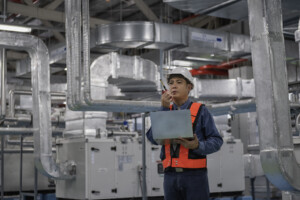
What Is an Indoor Air Quality System?
An indoor air quality (IAQ) system is a combination of equipment, processes, and strategies designed to monitor, filter, and improve the air inside a building. It includes:
- Ventilation systems – HVAC systems that exchange stale air with fresh outdoor air.
- Filtration units – Filters or purifiers that remove particulate matter, dust, pollen, and pollutants.
- Monitoring devices – Sensors that measure humidity, carbon dioxide, particulate levels, and VOCs (volatile organic compounds).
- Cleaning and maintenance programs – Regular cleaning to reduce airborne contaminants and surface dust.
These systems work best when cleaning professionals and facility managers follow proper maintenance and cleaning standards, ensuring filters and air pathways stay clean and effective.
Why Indoor Air Quality Matters
Good indoor air quality supports occupant comfort, cognitive function, and long-term health. Poor IAQ, on the other hand, can lead to symptoms such as:
- Headaches, eye irritation, and fatigue
- Worsened asthma and allergies
- Reduced focus and productivity
Organizations that prioritize IAQ demonstrate care for their people and create more welcoming, productive environments.
Cleaning’s Crucial Role in an Indoor Air Quality System
Your indoor air quality system can only work as well as the environment it supports. Even the most advanced filtration system can’t keep up if dust and contaminants are continually introduced through poor cleaning practices.
Here’s how cleaning ties directly into better air quality:
- Dust and Allergen Control
Routine dusting and vacuuming remove particles before they become airborne. Using microfiber cloths and HEPA-filter vacuums traps allergens efficiently instead of redistributing them.
- Reducing VOCs (Volatile Organic Compounds)
Choose low-VOC or fragrance-free cleaning products to minimize chemical emissions that affect IAQ. Proper storage and dilution practices also reduce airborne chemicals.
- Preventing Mold and Moisture Build-Up
Clean and dry restrooms, kitchens, and basements prevent microbial growth. Mold spores are a common source of poor indoor air quality and can trigger allergies.
- Maintaining Air Vents and Ducts
Regular cleaning of HVAC returns and supply vents ensures air isn’t recirculating dust or debris. When combined with a properly maintained filtration system, this keeps air cleaner and systems running efficiently.
How to Build a Cleaning Program That Supports IAQ
Facility managers and cleaning teams can implement several best practices to strengthen their building’s indoor air quality system:
- Use High-Quality Tools
- Select vacuums with certified HEPA filters.
- Use color-coded microfiber cloths to prevent cross-contamination.
- Set a Cleaning Schedule
- Focus on high-traffic areas daily.
- Schedule deep cleaning for carpets, upholstery, and HVAC units quarterly.
- Train Cleaning Staff
- Educate teams about how cleaning impacts air quality.
- Provide training on safe chemical use and dilution.
- Audit and Adjust Regularly
- Use visual inspections and, when possible, air-quality monitoring tools.
- Evaluate cleaning effectiveness using recognized standards like the ISSA Cleaning Standards.
How to Integrate Cleaning With Your Indoor Air Quality System
Integrating cleaning and facility operations means viewing IAQ as a shared responsibility. Consider these steps:
- Collaborate with HVAC teams to align cleaning schedules with system maintenance.
- Log filter replacements and cleaning activities to identify trends or recurring issues.
- Communicate IAQ goals to building occupants to encourage positive behaviors, such as keeping vents clear and reporting odors or leaks.
For organizations that want to formalize these processes, standards like the Cleaning Industry Management Standard (CIMS) provide frameworks for sustainable, high-quality facility operations (CIMS Overview).
Choosing the Right Indoor Air Quality System
When selecting or upgrading an IAQ system, consider:
- Building size and occupancy levels – Larger buildings need higher-capacity filtration and monitoring systems.
- Type of facility – Healthcare, education, and industrial settings have unique air-quality challenges.
- Budget and sustainability goals – Look for systems that balance energy efficiency with filtration performance.
For example, upgrading to MERV 13 filters (or higher) can significantly reduce airborne pathogens and fine particles, while smart sensors provide real-time data to guide adjustments.
External Factors to Consider
Even with excellent cleaning and air systems, external conditions affect IAQ. Seasonal allergens, outdoor pollution, and humidity levels all play a role. Tracking local air-quality reports can help facilities adjust ventilation and cleaning schedules as needed (AirNow.gov).
Final Thoughts
Your indoor air quality system is only as strong as the cleaning and maintenance behind it. When cleaning professionals, facility managers, and HVAC technicians collaborate, the result is cleaner air, healthier buildings, and happier occupants.
By combining effective cleaning standards, proper filtration, and continuous monitoring, you can create indoor environments that support wellness and productivity year-round.
Explore ISSA’s Cleaning Standards and ISSA.com to learn more about how professional cleaning supports healthy indoor spaces.




